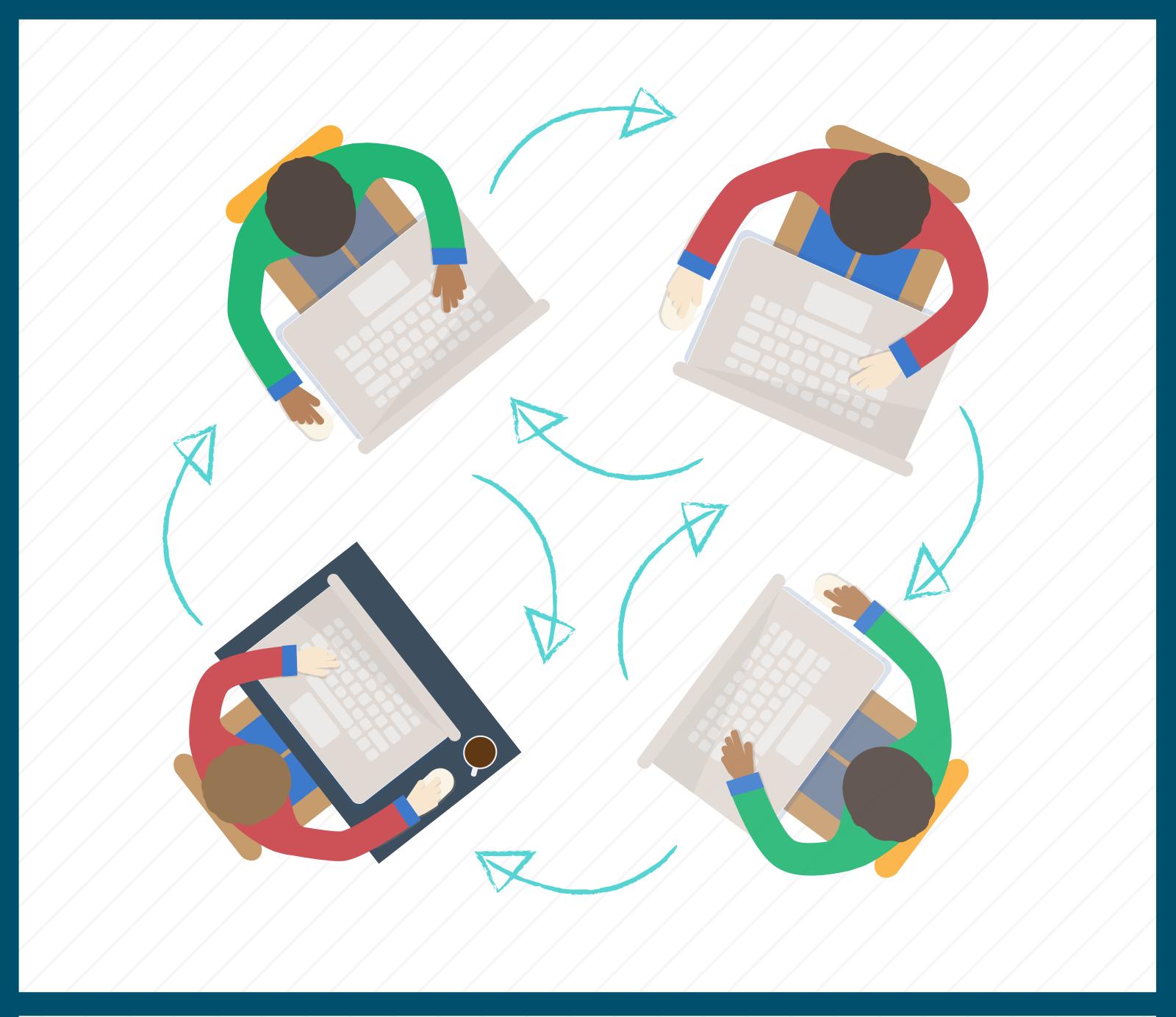
As part of my ongoing exploration of how ISTE Student Standards can be implemented in the classroom, I am focusing this week on ISTE Student Standard 2: Communication and Collaboration, addressing how students will communicate and collaborate in a digital space to construct new meaning. I am specifically looking at the following performance indicators:
a. Interact, collaborate, and publish with peers, experts, or others employing a variety of digital environments and media.d. Contribute to project teams to produce original works or solve problems.
Assigning collaborative work in group projects is often a difficult task, especially at the middle school level. Students range in their ability to contribute productively to assignments, and are frequently left frustrated by the inconsistency of contributions. Assessment can also pose a challenge; final products do not necessarily reflect individual productivity. Desanctis (1987) researches the effects of technology on group work in “A foundation for the study of group decision support systems” and confirms our long held assumptions that certain members tend to dominate communication, while other less dominant members exert less effort overall (p. 596-7). Regardless, as educators we know that collaborative learning is important for students because it “fosters the development of critical thinking through discussion, clarification of ideas, and evaluation of others’ ideas” (Gokhlad, 1995). And regardless of the challenges, collaboration is an important 21st century skill to teach. Forbes magazine regards virtual collaboration as one of the top ten workplace skills for the future; so, “Whether you’re a fan of it or not, working and collaborating effectively virtually, whether on a simple task or a very complex challenge is a necessity as the nature of our work is globalized” (Gorscht, 2014, para. 12).
How do we as educators effectively use technology for student collaboration? If we rethink the group project as a means of developing skills alone, we may be guided in the right direction. Bates (n.d.) reinforces in Teaching in a Digital Age, that there has been a shift from teaching content, or academic knowledge to teaching skills, or applied knowledge (p. 37). Therefore, we should focus on fostering the skills of collaborating and communicating effectively, rather than on the final product of the group work.
Currently, I am in the midst of designing a lesson with a silkscreen artist out of Toronto (my sister-in-law) for a lesson art designed for social movements. We developed a project in which small student groups will use their background knowledge of the middle ages to design a visual message. They will collaborate to design a poster that champions a cause from the perspective of a specific, medieval community. This project has emerged as a ripe opportunity to enhance their collaborative design process with the aid of some digital tools.